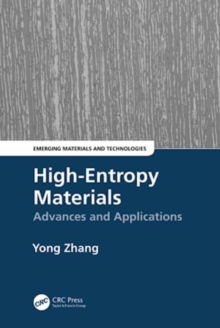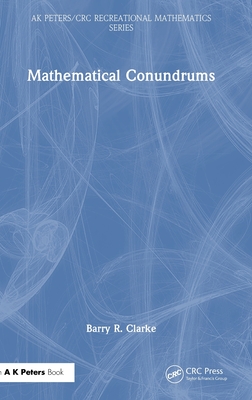
Cholesterol and PI(4,5)P2 in Vital Biological Functions
胆固醇与PI(4,5)P2在重要生物学功能中的作用:从共存到串扰
生物医学工程学
¥
2788.75
售 价:
¥
2231.00
优惠
平台大促 低至8折优惠
发货周期:国外库房发货,通常付款后6-8周到货!
出版时间
2023年02月26日
装 帧
精装
页 码
396
语 种
英文
版 次
1
综合评分
暂无评分
- 图书详情
- 目次
- 买家须知
- 书评(0)
- 权威书评(0)
图书简介
Cholesterol is an essential component of the plasma membrane. Phosphatidylinositol 4,5-bisphosphate (PI(4,5)P2), although a minor phospholipid, is the most abundant membrane phosphoinositide. Both lipids play key roles in a variety of cellular functions including as signalling molecules and major regulators of protein function. Studies on these important lipids have traditionally focused on the effect of each lipid individually. Accumulating evidence indicates, however, that these lipids may cross-regulate each other’s levels. Furthermore, it is becoming evident that cholesterol and PI(4,5)P2 can act together to modulate protein function and biological processes. This book provides an overview of cellular functions and molecular mechanisms in which cholesterol and PI(4,5)P2 functions extend from parallel existence to crosstalk. It includes four sections. The first section introduces the reader to cholesterol and PI(4,5)P2. The second section demonstrates the mutual influence of these two critical lipids on their levels. The third section, divided into two parts, describes the co-modulation of protein function by cholesterol and PI(4,5)P2. The first part focuses on ion channels and the second - on lipid transfer proteins. The fourth section highlights other cellular processes at the intersection of cholesterol and PI(4,5)P2 involvement. Collectively, the book portrays the emerging relationship between cholesterol and PI(4,5)P2 in a broad array of biological systems and processes. The book will be of interest to a wide audience of research scientists with an interest in the biophysical properties of lipids and the physiological consequences of their presence in biological systems, as well as graduate students, postdoctoral trainees, basic and clinical researchers, and pharmaceutical scientists. Specifically, the content will be relevant to researchers in the fields of biochemistry, molecular biophysics, pharmacology, neurobiology, cardiovascular biology, among others.
本书暂无推荐
本书暂无推荐











